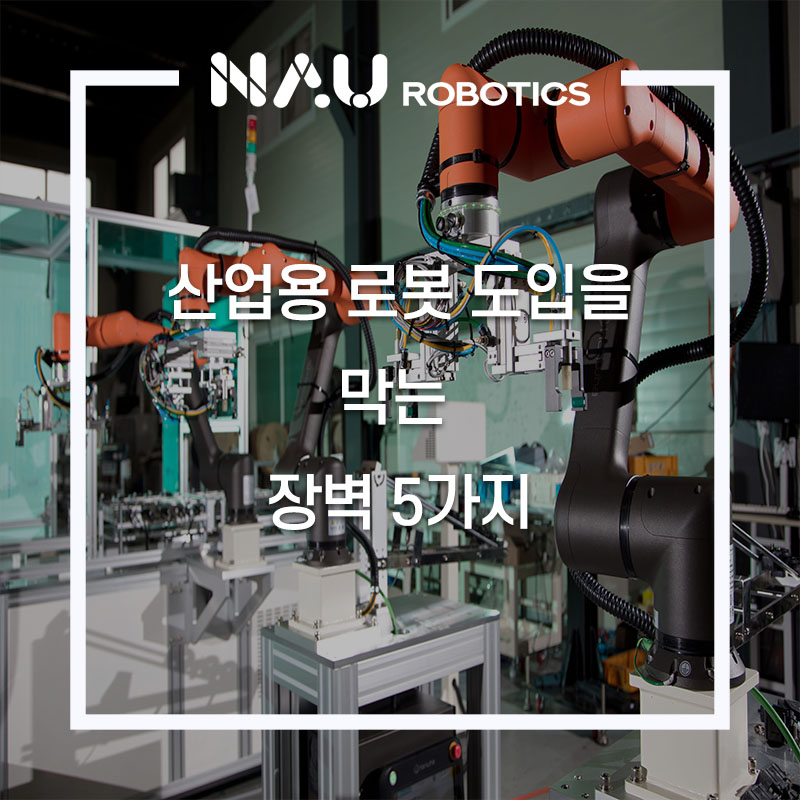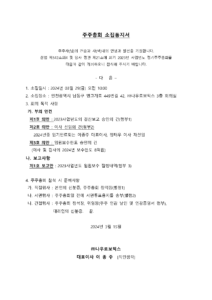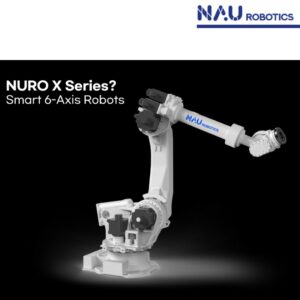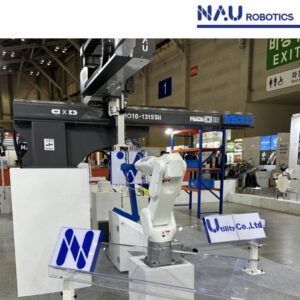안녕하세요, 나우로보틱스 블로그 지기 입니다. 산업용 로봇을 도입 속도는 날이 갈수록 빨라지고 있습니다. 하지만 무언가를 새로이 도입한다는 것은 그만큼 큰 모험이 되기도 하죠. 그래서 편리하다는 것은 알지만 이를 쉽게 결정할순 없는 문제가 바로 산업용 로봇 도입 문제가 아닐까 싶습니다. 이러한 고민은 우리나라 뿐만 아니라 로봇을 도입하는 모든 국가들에서 동일하게 겪고 있는 성장통인데요, 그 부분과 관련한 외신 기사 한 편을 가져와 봤습니다. 산업용 로봇의 도입을 어렵게 하는 것은 무엇인지 지금부터 함께 만나보실까요?
The state of industrial robotics: challenges & opportunities
산업용로봇의 현황과 앞으로의 기회 및 전망
Challenges holding back industrial robots
산업용 로봇의 도입에 대한 장벽
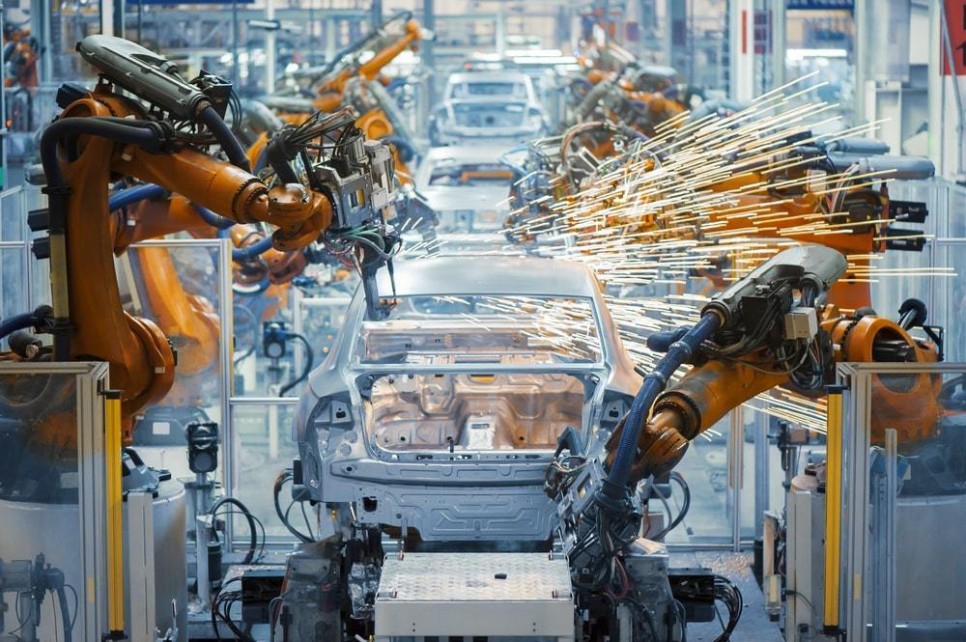
High cost of integration: While robot hardware has become cheaper, the cost of the robot is a small fraction of the overall price tag of introducing automation to a manufacturing line. The study cited one large, well-known robotics integrator that said, “robots are now inexpensive, but integration is not.” And not only can the initial integration process be long, arduous, and expensive, even small changes to a manufacturing line often require bringing in an integrator to redesign and repurpose robot workcells to meet the specifications of new tasks.
높은 비용: 로봇 하드웨어 비용이 저렴해지긴 했지만, 로봇의 비용은 제조 라인에 자동화를 도입하는 전체 가격 중 일부에 불과하다. 이 연구에서는 “로봇은 이제 저렴하지만 총 비용은 그렇지 않다”고 말한 크고 잘 알려진 로봇 통합업체를 인용했다. 그리고 초기 과정은 도입과정이 길고 힘들며 비용이 많이 들 수 있을 뿐만 아니라, 제조 라인에서 작은 변경요청에도 제조사를 불러 새로운 작업을 수행할 수 있도록 로봇 작업 셀을 재설계하고 용도를 변경해야 한다.
According to the report, many companies cited the high costs of integration as a barrier to adoption. Large manufacturers using industrial robots can get weighed down attempting to integrate existing 15- to 20-year-old technologies and infrastructures with new robotics technologies on the same manufacturing line. On the other hand, SMEs with production processes that run at a smaller scale, often find integration costs to be prohibitive or unjustifiable due to their smaller production lot sizes.
보고서에 따르면 많은 기업들이 로봇 도입관련 장벽으로 비용이 높다는 점을 꼽았다. 산업용 로봇을 사용하는 대형 제조업체는 같은 생산라인에서 기존에 이미 15~20년 이상 사용했던 기술과 인프라를 새로운 로봇 기술과 통합하는 과정에서 어려움을 느낄 수 있다. 반면에, 소규모로 운영되는 생산 공정을 가진 중소기업은 생산루트 규모가 작기 때문에 비용 집행이 금지되거나 부당하다고 생각하는 경우가 많다.
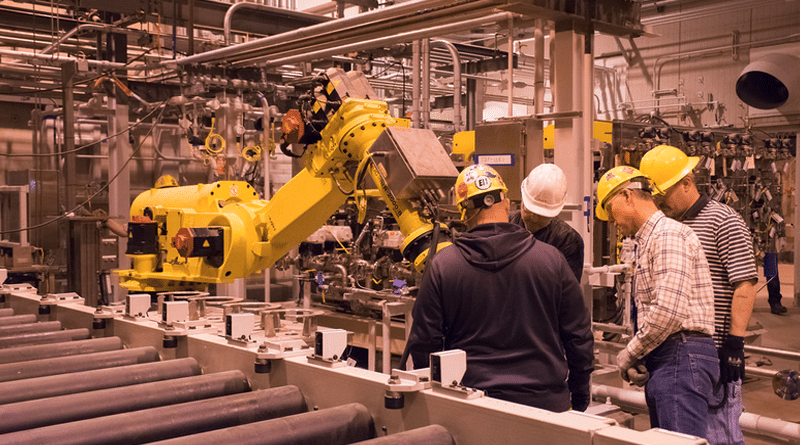
Lack of standards: The absence of standardization in many aspects of robotics made it difficult for some companies to exploit the full potential of promising technologies or to incorporate new types of robots into manufacturing lines. Some companies developed home-grown systems and capabilities over the years that they would prefer to continue to use. Others, often smaller companies, are designing manufacturing lines or purchasing new technologies from the ground up. Each type of robot might require knowledge of different programming languages, interfaces, or communication protocols for use. Standardization should cover all of these considerations, besides safety standards and hardware.
표준 부족: 로봇 분야에서 표준화의 부재로 인해 일부 회사는 유망한 기술을 최대한 활용하거나 새로운 로봇을 제조 라인에 통합하는 것이 어려웠다. 일부 기업은 수년간 자체 개발한 시스템과 기능을 개발해 계속 사용하는 것을 더 선도했다. 다른 기업들, 종종 더 작은 회사들은 제조 라인을 설계하거나 처음부터 새로운 기술을 구매하고 있다. 이 과정에서 각각의 로봇을 사용하기 위해 서로 다른 프로그래밍 언어, 인터페이스 또는 통신 프로토콜에 대한 지식이 필요할 수 있다. 표준화는 안전 표준과 하드웨어를 제외하고 이러한 모든 고려사항을 포함해야 한다.
“Standardization is not as easy as one thinks,” according to a large robotics company cited by the study. “There are many experts to listen to. It must go hand-in-hand with which technologies are capable of what things and an understanding of the processes they’re part of.”
대형 로봇 회사는 “표준화는 생각만큼 쉽지 않다”고 말했다. 그러면서 “많은 전문가들이 귀담아 들어야 합니다. 어떤 기술이 어떤 것을 할 수 있는지, 그리고 그것이 속한 프로세스를 이해할 수 있는지와 함께 진행해야 합니다”라고 말했다.
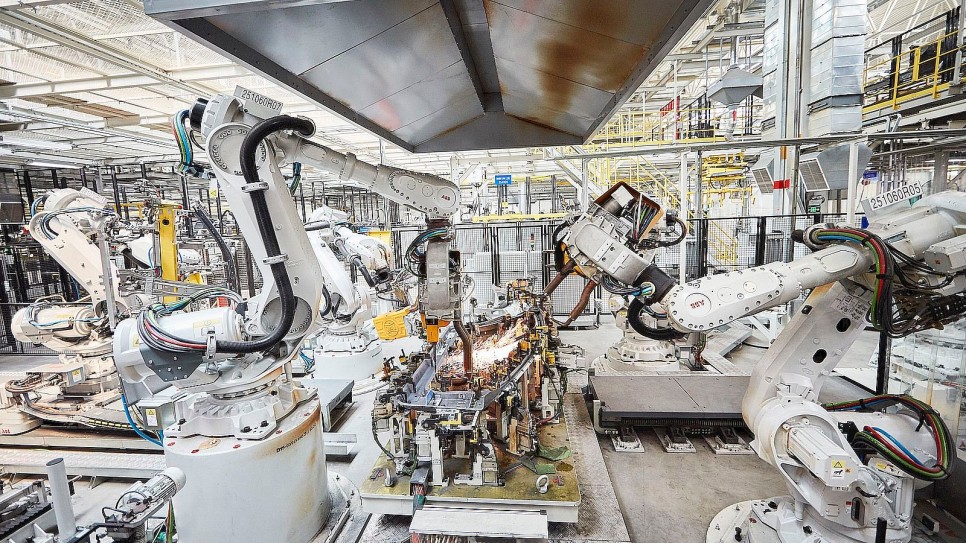
Inflexibility: The fact that current robotics technologies cannot always be quickly repurposed limited the potential use cases of robots as well as experienced line workers’ ability to leverage their deep domain knowledge to improve manufacturing processes through direct repurposing of the robots.
Flexibility was also considered important for increasing the applicability of robotics to different levels of production, including high-mix and low-volume production; faster integration and reintegration times; re-configurable workcells and manufacturing lines; reducing the factory footprint by allowing manufacturing of multiple products along a single line; and enabling the reusability of robots.
유연성: 현재의 로봇 기술이 신속하게 용도를 변경할수 없다는 것은 숙련된 작업자가 로봇에 대한 많은 지식을 활용하여 로봇의 직접적인 용도 변경을 통해 제조 공정을 개선할 수 있는 능력을 제한했다.
유연성은 또한 고혼합 및 소량 생산, 통합 및 재통합 시간 단축, 워크셀 및 제조 라인 재구성, 여러 제품의 제조를 허용함으로써 공장 풋프린트를 줄이는 등 다양한 수준의 생산에 로봇공학의 적용 가능성을 높이는 데 중요한 것으로 간주되었다. 그리고 로봇의 재사용을 가능하게 한다.

Better balance of speed and safety: Collaborative robots are inherently safer, but uptake remains limited in some environments. The report said large companies favor speed over integration with humans, especially since cobots are not optimal for certain tasks. A balance among safety, speed, and versatility would encourage investment in cobots.
속도와 안전의 균형 향상: 협동로봇은 안전하지만 일부 환경에서는 도입할 수 있는 분야가 제한돼 있다. 이 보고서는 특히 로봇이 특정 작업에 적합하지 않기 때문에 대기업들이 인간과의 통합보다 속도를 선호한다고 말했다. 안전, 속도 및 다재다능성의 균형은 로봇에 대한 투자를 장려할 것이다.
Data protocols: Better data infrastructures could help companies make “smart data from big data,” as a large multinational put it. As it stands, companies are resistant to investing in these infrastructures, as a clear benefit does not currently exist.
데이터 프로토콜: 더 나은 데이터 인프라는 대규모 다국적 기업의 표현대로 “빅 데이터로부터 스마트 데이터”를 만드는 데 도움이 될 수 있다. 현 상태로는, 기업들은 명확한 이익이 현재 존재하지 않기 때문에 이러한 인프라에 투자하는 것에 거부감을 가지고 있다.
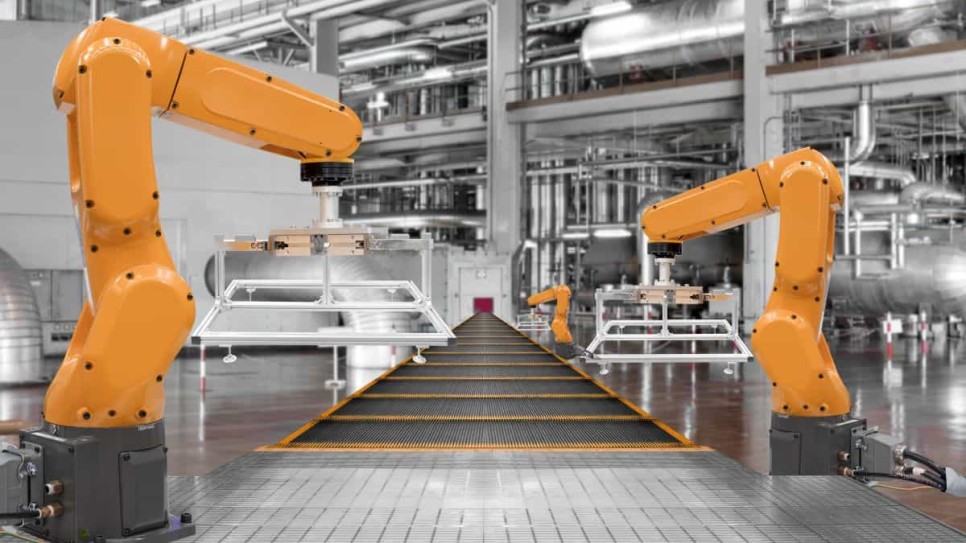
Improvements to enabling technologies: Extreme robustness, faster integration, and removal of technological bottlenecks related to sensing, perception, and gripping are critical to encouraging investment in and the mass adoption of automation. For example, the study said that while vision technologies are promising for ensuring the safety of robots and reducing quality check costs, they are still a long way from being optimal.
“Our research shows that vision systems and corresponding algorithms often performed well in research settings or other well-controlled settings, but they broke down, in different ways, in actual factories. Without rock-solid reliability, recent advancements in algorithms (such as deep learning-based architectures) are not robust enough to be used.”
지원 기술의 개선점: 자동화에 대한 투자와 많은 도입이 이뤄지기 위해서는 감지, 인식 및 파악과 관련된 강력한 기술적 문제, 빠른 통합 및 제거가 매우 중요하다. 예를 들어, 이 연구는 비전 기술이 로봇의 안전을 보장하고 품질 검사 비용을 절감하는 데 유망하지만, 최적화되려면 아직 멀었다고 말하고 있다.
“우리의 연구는 비전 시스템과 그에 상응하는 알고리즘이 종종 연구 환경이나 다른 잘 통제된 환경에서 잘 수행되었지만 실제 공장에서는 다른 방식으로 고장이 났다는 것을 보여준다. 견고한 신뢰성이 없다면, 최근 알고리즘의 발전(예: 딥 러닝 기반 아키텍처)은 사용할 수 있을 만큼 강력하지 않다.”

